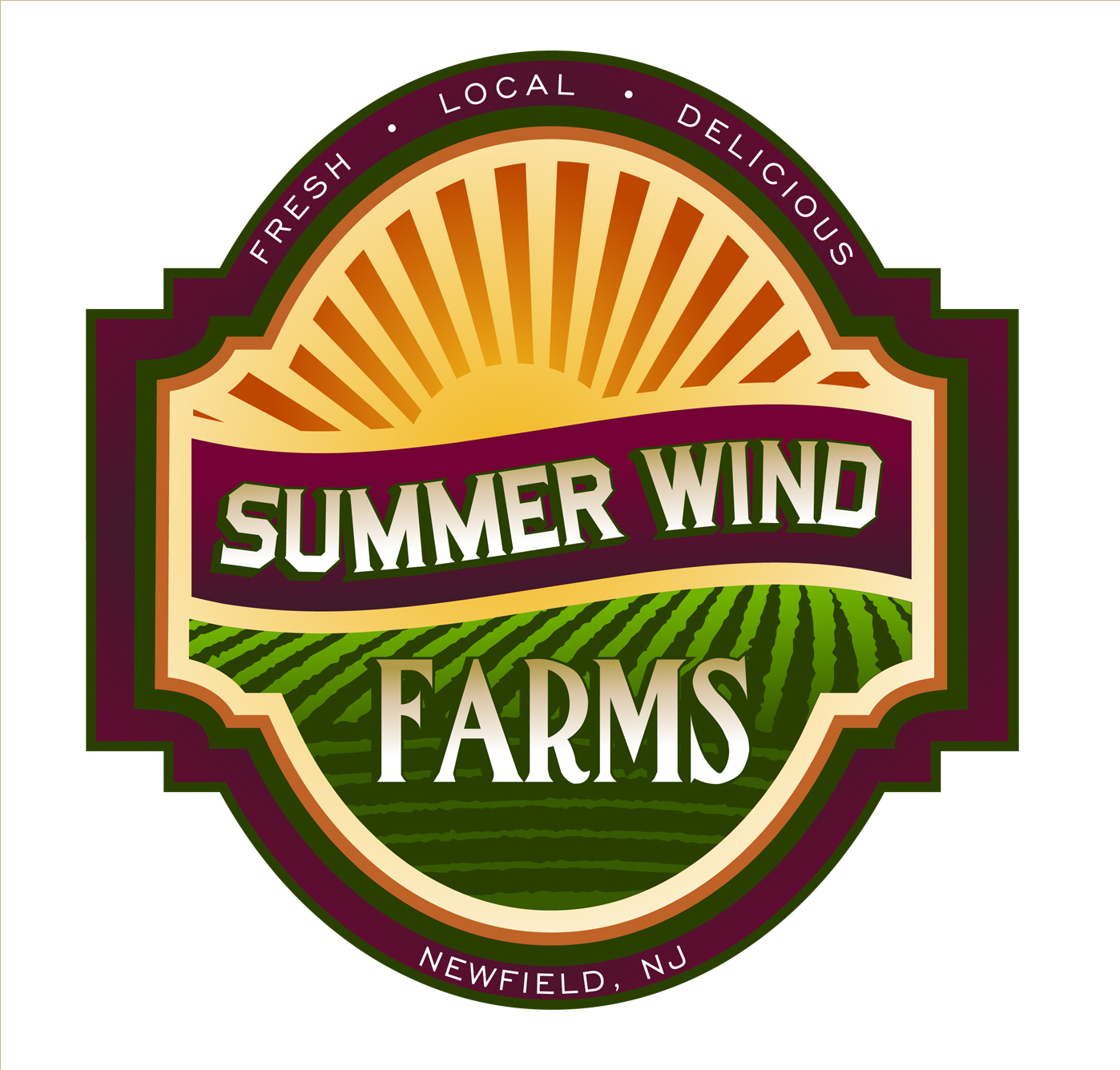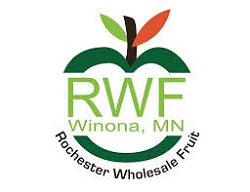With 75% of purchase decisions happening in-store, fresh produce remains one of the most personal and carefully considered grocery purchases.
Still, as digital advancements reshape the retail landscape, technology is playing an increasing role in influencing consumer choices in the produce aisle. From artificial intelligence-powered promotions to digital shelf tags that help reduce food waste, retailers have new tools to engage shoppers and optimize sales.
Ibotta founder and CEO Bryan Leach shares his insights on the latest tech-driven trends and what they mean for the future of retail fresh produce.
The Packer: Is the 75% of purchase considerations also true for fresh produce? What is the source of that stat?
Leach: Today, 75% of purchase happens in the aisle. Research from Ibotta’s latest State of Spend report sheds light into how exactly customers are making these purchasing decisions while in the store. For example, when it comes to fresh produce, shoppers have the most brand openness (35%) to trying different produce brands at the store. This is in comparison to all other grocery categories, including packaged goods, pet care, alcoholic beverages, and condiments and sauces.
As many people know, shopping for produce is an incredibly personal experience. Most shoppers do not trust anyone but themselves to select their produce for them, especially when it comes to food items like avocados and bananas. This creates a unique opportunity for brands to lean into this personal shopping experience that customers have and develop incentives that match the intimacy of this experience. Ultimately, the No. 1 driving factor for shoppers when making purchasing decisions is price, so the more grocers can optimize pricing and promotions, the more success they’ll have with consumers.
In thinking about tech in the produce department, what game changers are on the horizon and how will they help retailers sell more produce?
We’ve seen a huge technology shift in the retail sector over the past few years, making it a very exciting time for grocery as innovations make their way into stores. One of the biggest game changers on the horizon is digital shelf tags, which is poised to have a broader impact on the consumer shopping experience over the next few years.
Digital shelf tags — or electronic shelf labels — have the unique ability to alert customers to timely discounts on the products most relevant to them, in the moment. Soon, retailers will be able to more easily lower the price of produce that’s closer to expiring, or during slower periods to incentivize shoppers and drive more store traffic. This new digitally influenced shopping experience will not only unlock more relevant deals for consumers and support retailers in selling their products, it also has the potential to reduce food waste.
It’s interesting that tech, which in many ways replaces human interaction, is helping retailers to personalize their offerings, promotions, etc. How do you see tech helping retailers to further personalize in the produce aisle? Do you have an example or two you can share of what this might look like in the coming years?
We’re in the midst of a fascinating evolution in the retail sector — more and more brands are turning to technology to enable personalized and targeted promotions. The current one-size-fits-all approach is becoming rapidly outdated. Technology, and more specifically AI, will enable retailers to further personalize product offerings in the fresh aisle and beyond. Brands can now tailor offers based on purchase likelihood, brand loyalty and willingness to try new products — delivering personalized promotions that maximize impact. In doing so, brands and retailers can place the right offers in front of the right people at the right time.
For example, grocers can leverage promotions targeted toward out-of-season fruit (like strawberries or mangoes in the winter) to shoppers who regularly buy fruit, ensuring inventory is sold and customer needs are met. This new way of AI-driven promotions is going to be critical to brand success, as customer demand for personalization will continue to grow and become more prominent during in store and online shopping experiences.
Produce is one area of the store in which some shoppers remain resistant to online ordering. Is there a role for tech to play in making online shopping for produce more experiential?
Produce naturally tends to face more hurdles when it comes to online purchase decisions that other grocery items do not. This is for myriad reasons: shoppers wanting to see and inspect their produce firsthand, a distrust of in-store “pickers” or professional shoppers, the desire to confirm the expiration dates, etc.
However, it’s clear from our recent State of Spend research that over the past year, consumers are increasing their use of grocery delivery services (up 3% from last year). My advice for brands and retailers who are looking to drive online produce sales would be to increase the incentive for consumers and make the shopping experience more transparent.
Increasing consumer incentives, particularly for fresh produce, is important knowing there are natural challenges and resistance shoppers face, as outlined above, when it comes to shopping for produce online. For example, if there is a promotion running where shoppers receive a discount for ordering produce items online versus in-store, it lowers the risk for shoppers, and in turn, they are more inclined to take the chance and go the e-commerce route. By doing that once, and having a successful experience, shoppers can feel more confident in building a new online shopping routine.
Retailers can lean on a variety of digital tactics, in addition to promotions, to achieve this — from offering shoppers visuals to pick out their own produce through an app, to the ability to request a “sell by” frame when choosing their items, to offering personalized promotions around certain produce options that brands are trying to sell. Key grocery delivery players like Instacart and DoorDash have made strides toward this by joining the Ibotta Performance Network to make shopping for produce and other essentials even more appealing and affordable.
By leveraging key tactics like these, retailers can better tap into consumers’ desire for convenience, affordability and high-quality produce, driving more business to this category.
















